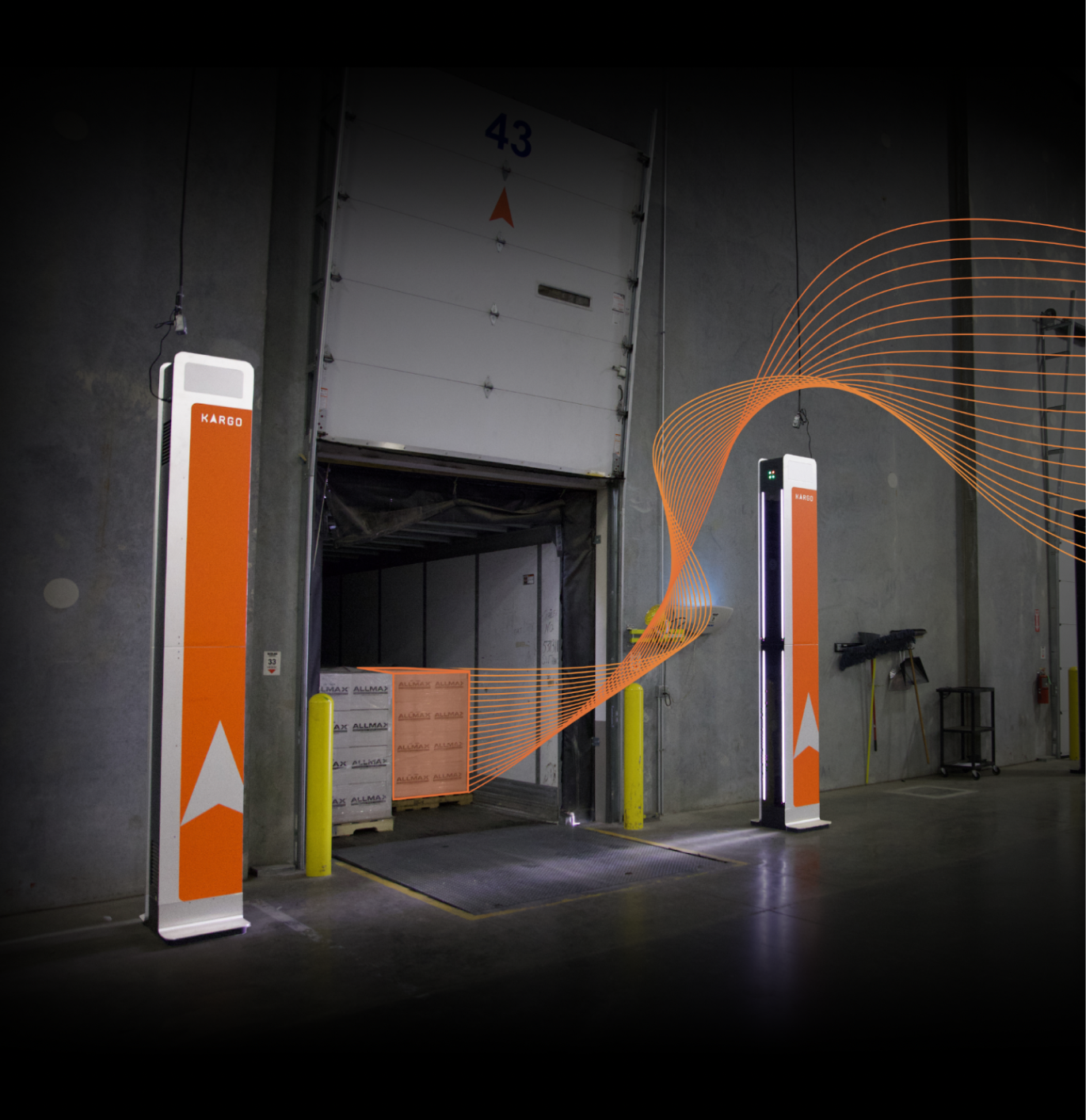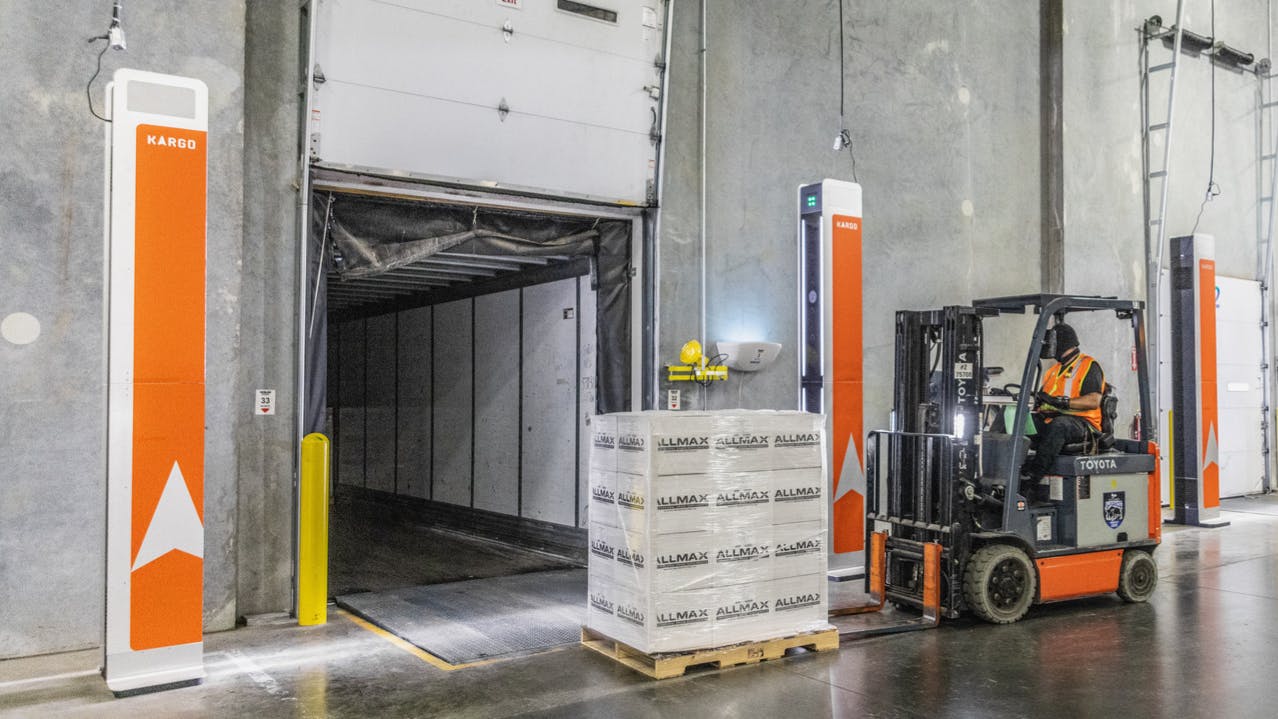Logistics
Accuracy Counts: How to Track Freight Against the Bill of Lading
| Kargo | 5 min
What You Need to Know
Supply chain technology has historically been a disconnected set of solutions stitched together. At the loading dock, someone scans labels as freight enters and exits the warehouse. At a desk, someone else reviews data for accuracy against the bills of lading and other documentation in one or more systems of record.
It’s a time-consuming process that’s prone to human error, but the real issue is that shipping and receiving exceptions usually aren’t caught in time to fix them without great cost.
That’s because supply chain systems, even when their data aligns, don’t necessarily match the attributes or indicate the condition of freight on the move.
If you can verify your freight against your documentation in real time, you can improve inventory accuracy and reduce exposure to costly overage, shortage, and damage (OS&D) claims. This requires technology that can connect the reality of freight to the obligations of the bill of lading and other documentation.
Kargo automatically verifies inbound and outbound freight using computer vision towers that see anything a human could see. By flagging discrepancies at the dock and updating your existing inventory system, Kargo maintains accuracy in real time across shipping and receiving.
Want to see Kargo in action? Email go@mykargo.com.
Verify Freight in Real Time
As logistics technology evolves, methods of shipment verification become easier and more reliable.
For example, Kargo Towers visually inspect your freight and verify it at the loading dock and in the Kargo Platform. Your company can advance its infrastructure by automating shipping and receiving workflows:
- Plug and Play - Manage verified data and access visual proof on the Kargo Platform.
- Manifest Automation - Share manifest data with Kargo automatically via API or email.
- Full Integration - Receive real-time data from Kargo in your ERP, TMS, YMS, or WMS.
Each of these processes results in automated verification of multiple freight attributes. Depending on your industry, this can include specialized fields, like production facility or expiration date. In all cases, you have access to an image and video archive captured by the Kargo Tower.
Working manually, it’s challenging to capture this much data and maintain consistent accuracy. It’s even more complex to compare a sheet of hand-scanned data against the bill of lading. With Kargo, you can automate and bring accuracy to the forefront.
Why Bill of Lading Tracking Matters
For complete verification of your freight, you may have several documents you need to substantiate. For example, Kargo can verify freight against a master list of SKUs or an advanced shipment notice (ASN), but, in most cases, the key document in logistics is the bill of lading.
Bills of lading act, in part, as receipts and title to freight in a shipment. Freight that doesn’t align with the bill of lading threatens accurate shipping, receiving, and fulfillment. It also triggers OS+D claims, which are formal requests to rectify or cover the value of overages, shortages, and damages.
At the warehouse level, OS+D can represent a multiple 6-figure loss for some logistics providers. The end result is an OS+D line item that takes a chunk of working capital from your budget. The variability of the amounts can destabilize financial outlooks, hurt bottom lines, and detract from reinvestment in growth.
Process Gaps Create Risk
Trouble arises not just when freight doesn’t match the bill of lading, but when you don’t catch the discrepancy in time. Essentially, the immediacies of dealing with physical freight at docks and in warehouses can overshadow verification of accuracy against the bill.
That’s because shipping and receiving workers can be disconnected from documentation:
- Truckers may bring a bill of lading to a clerk in another part of the warehouse.
- Forklift drivers may use hand-scanning devices that don’t have the capability to notify anyone of exceptions, like missing expiration dates or damaged pallets.
- Manual dock activity may be high, creating an environment where workers are focused on loading and unloading on a strict schedule.
The lack of real-time accuracy tracking against the bill of lading causes financial risk and loss for shippers, carriers, and 3PLs.
OS+D Payment vs Proof
When OS+D claims occur, the passage of the bill of lading–for instance, from carrier to warehouse–may help determine who should pay for which exceptions, based partly on carriage and possession.
That can lead to a sticky situation: The company paying for OS+D isn’t always the company that caused the OS+D.
For one thing, warehouses may only learn of exceptions once they’ve accepted or shipped the freight. This tends to happen one of two ways: Either you catch it after the carrier is long gone or a recipient further along the supply chain lets you know.
The other problem is proof. With no evidence to substantiate freight conditions during receiving and shipping, investigations can be costly, futile, and even damaging to key relationships.
If you want to improve accuracy and limit OS+D costs, you need to make sure your freight conforms to the bill of lading at the loading dock.
Questions?
Connect With us
Ask us anything or drop your email to stay in touch




